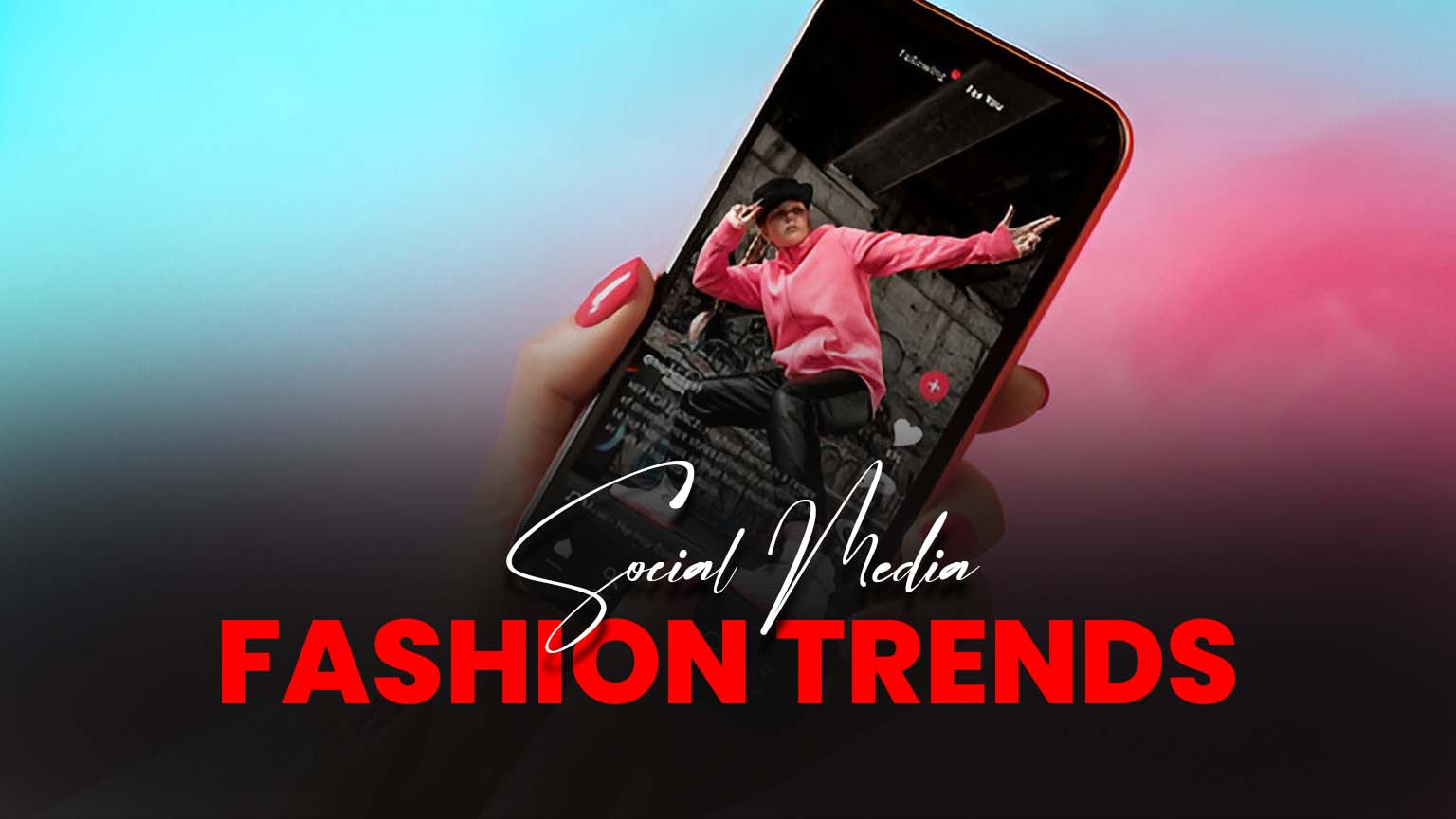
Social Media’s Role in Shaping Fashion Trends & Shopping Habits
Social media has revolutionized the fashion industry, influencing
everything from runway trends to everyday street style. Platforms like
Instagram, TikTok, and Pinterest have become the new fashion magazines,
dictating what’s in and what’s out faster than ever before. The accessibility
of digital content has made it easier for users to follow the latest fashion
trends and integrate them into their own style. With influencers, brand
collaborations, and viral trends, social media serves as a catalyst for how
people discover and shop for fashion.
One of the biggest impacts of social media on fashion trends is
the rise of influencer culture. Fashion influencers, whether they are
celebrities, models, or everyday users with a keen eye for style, have built
dedicated followings that trust their opinions on what to wear. When an
influencer posts about a specific brand or clothing item, it can sell out
within hours. This phenomenon has changed the traditional advertising
landscape, making influencer marketing one of the most effective ways for
fashion brands to reach consumers. Brands are now investing heavily in
influencer partnerships to promote their latest collections, making social
media the go-to platform for fashion inspiration.
Beyond influencers, user-generated content plays a crucial role in
shaping fashion trends. People often share their outfits and shopping
experiences on platforms like Instagram and TikTok, encouraging others to try
similar styles. Hashtags like #OOTD (Outfit of the Day) and #StyleInspo have
created global communities where users exchange fashion ideas and inspirations.
This democratization of fashion means that trends are no longer dictated solely
by high-end designers but also by everyday fashion enthusiasts.
The instant nature of social media also means that fashion trends
evolve more quickly than ever before. A single viral video on TikTok can turn a
forgotten 90s trend into the latest must-have style overnight. Brands must keep
up with this fast-paced environment by launching trend-responsive collections
and adapting their marketing strategies accordingly. Social media has not only
sped up the trend cycle but also made fashion more diverse, allowing niche
styles to gain mainstream popularity.
Shopping habits have also been deeply influenced by social media,
with many platforms integrating e-commerce features that enable direct
purchases. Instagram and TikTok offer shopping options that let users buy products
without leaving the app, making impulse purchases easier than ever. The rise of
live shopping events, where brands showcase products in real-time through
social media broadcasts, has also become a popular way to engage consumers and
drive sales. This shift has made online shopping more interactive and personal,
creating a seamless link between inspiration and purchase.
Social media has given consumers greater transparency and
awareness about sustainability in fashion. Many users now prioritize ethical
and eco-friendly brands, often guided by social media discussions on
sustainability. Activists and fashion influencers use their platforms to
educate their followers about responsible shopping, pushing brands to adopt
more transparent practices regarding their supply chains and environmental
impact. This shift has influenced major brands to promote sustainable
collections and eco-conscious initiatives.
While social media has many positive effects on fashion trends and
shopping habits, it also comes with challenges. The pressure to keep up with
rapidly changing trends can lead to overconsumption, encouraging fast fashion
and excessive spending. Many people feel the need to buy new clothing
frequently to stay relevant on social media, which can contribute to waste and
unethical production practices. Additionally, edited and filtered images often
set unrealistic beauty and style standards, leading to unnecessary pressure on
consumers to conform to idealized fashion aesthetics.
Despite these challenges, social media continues to be a powerful
tool in shaping the fashion industry. It has made fashion more accessible,
diverse, and interactive, allowing individuals to express their personal style
more freely. Whether it’s through influencer endorsements, user-generated
content, or integrated shopping features, social media remains at the forefront
of fashion evolution. By using social media wisely, consumers can stay updated
on trends, shop smarter, and contribute to a more sustainable fashion industry.
As digital platforms continue to evolve, their influence on fashion will only
grow stronger, making them an essential part of the modern shopping experience.